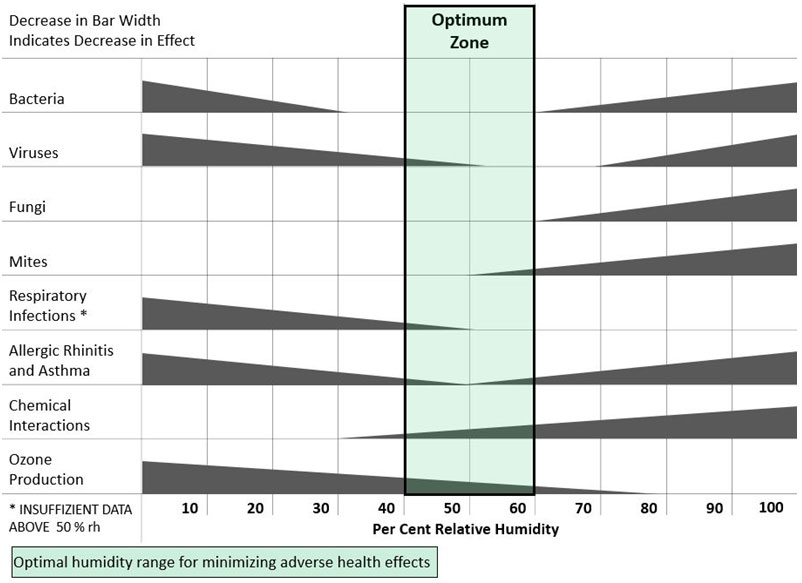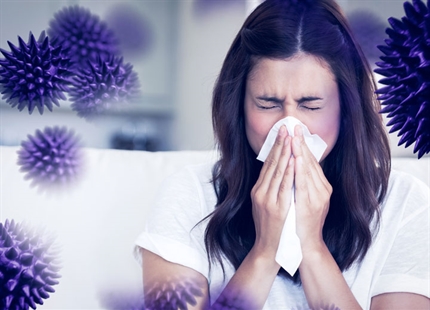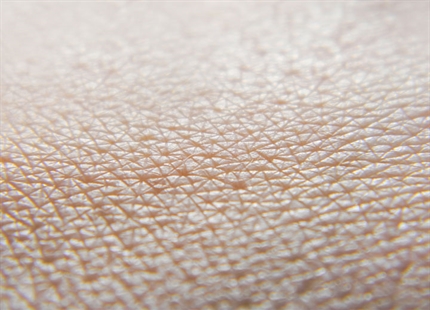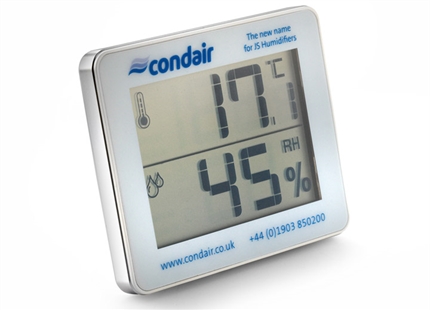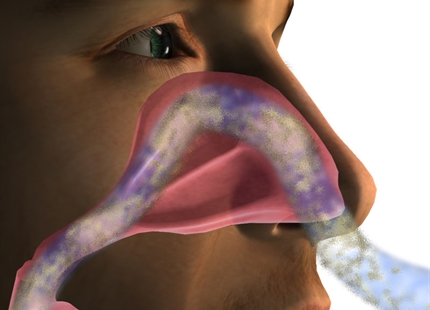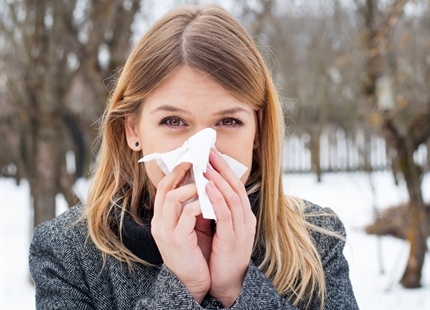Published: 1985 | ASHRAE Transactions, Vol. 91, Part 1, CH85-13 No. 1, 1985
Criteria for Human Exposure to Humidity in Occupied Buildings
Sterling EM, Arundel A, Sterling TD
Abstract
Authors reviewed scientific literature that focused on humidity effects on biological contaminants (viruses, bacteria and fungi) causing respiratory disease, chemical interactions and the possible impacts on human health and comfort. 74 references are listed in the paper.
Analysis of the selected literature revealed that preferences of viruses and bacteria for low and high humidity are known, while fungi prefer humidity’s above 80%RH for optimal survival on surfaces. For airborne microbes, literature revealed, that midrange humidity was least favourable for survival. Interventional clinical trials by use of humidifiers were analysed for rates for respiratory infections and absenteeism.
While off-gassing of formaldehyde and chemical interactions increases above 40%RH, the concentration of irritating ozone decreases.
Conclusion
The authors conclude that the optimal humidity range for minimizing risks to human health by biological contaminants and chemical interactions, is in the narrow range between 40-60%RH, at normal room temperatures.
Scientific studies main menuDry air and airborne infection
Low humidity acts as a conduit for viruses and airborne bacteria to disperse and travel around a building and threaten all occupants.
Read moreDry air and our airway defence system
Low humidity dries our mucous membranes and inhibits our body's natural defence against airborne germs, viruses and bacteria.
Read moreDry air and our eyes
Low humidity dries our eyes' precorneal tear film making us prone to eye irritations and contact lens discomfort.
Read moreDry air and our skin
Low humidity dries the outer layer of our skin leading to itchiness, cracking and dermatological problems.
Read moreGet a hygrometer
Test your indoor humidity with this hygrometer - free for qualifying individuals (terms and conditions apply).
Read moreHumidity fights flu
A humidity of 40-60%RH is scientifically proven to quickly inactivate airborne flu and is the ideal indoor humidity level.
Read moreMy humidity is low, what should I do?
If your workplace humidity is consistently below 40%RH it could be affecting your health. Here's what you can do about it.
Read more